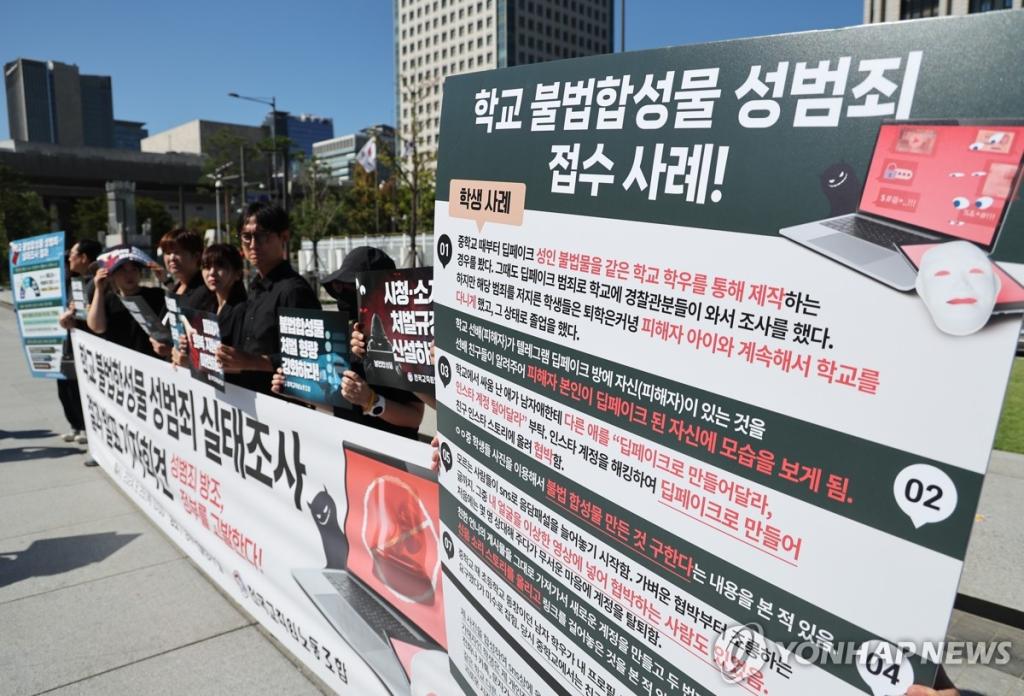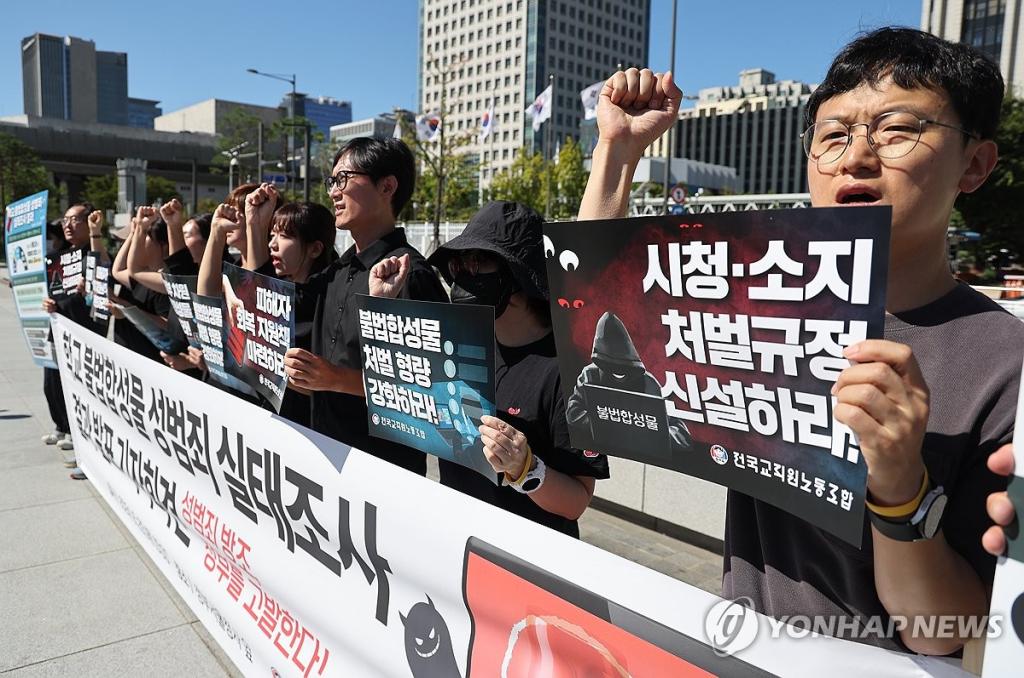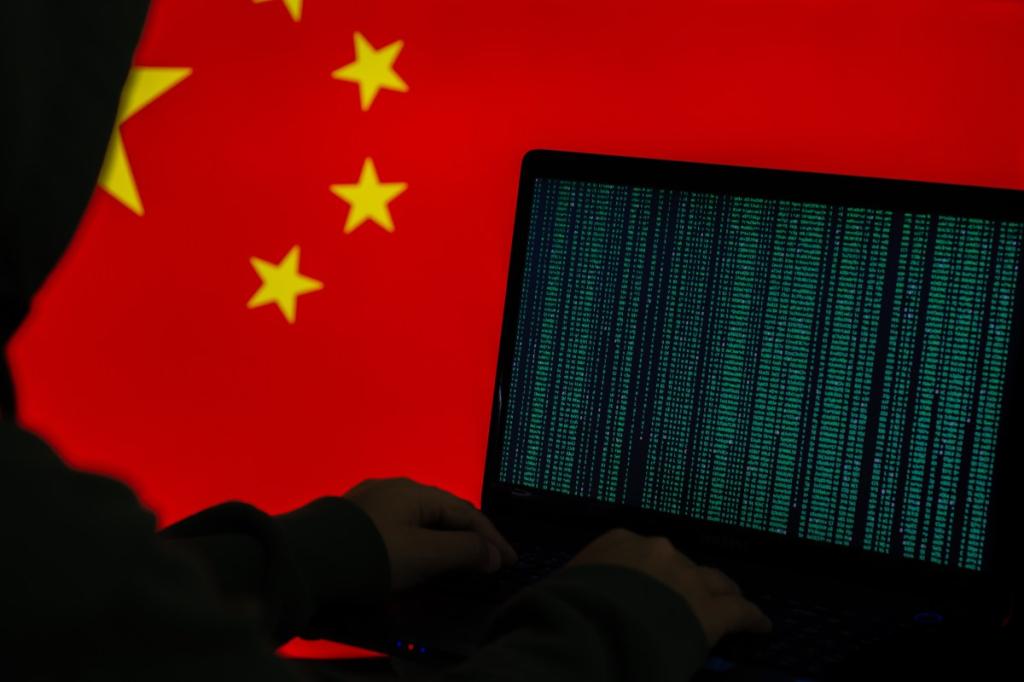Combating Deepfakes in Education to Protect Students
Discover how deepfakes are threatening education and learn vital strategies schools are implementing to protect students from digital deception.

Key Points
- Deepfakes pose a significant threat to educational environments, with over 517 reported cases affecting students and staff.
- Educational institutions are forming task forces to monitor deepfake incidents and implement proactive digital conduct education.
- Collaboration between schools and government bodies is essential for developing effective policies to combat digital deception and protect students.
In a world increasingly driven by technology and digital interactions, the emergence of deepfake technology poses significant challenges, particularly in educational settings. As incidents of digitally manipulated content rise, schools find themselves grappling with the implications of these sophisticated tools that can create unsettling realities. Recent studies indicate that over 517 members of academic institutions have experienced direct or indirect effects of deepfake, highlighting the urgent need for awareness and action.
Understanding Deepfakes and Their Impact
Deepfake technology utilizes artificial intelligence to create hyper-realistic alterations of images and videos, often used maliciously to misrepresent individuals. This manipulation has escalated into a dark phenomenon where individuals, especially females, are targeted with inappropriate and illegal content. For instance, reports indicate that approximately 196 cases have been reported in South Korean schools alone, where students and educators have fallen victim to these digital crimes.

The Alarming Statistics
The scale of the problem is staggering. A recent survey revealed that 38.4% of respondents felt that appropriate legal and judicial processes were not being enforced effectively, while nearly 76.4% advocated for government-level support in removing malicious content. Moreover, a troubling aspect is that many of the perpetrators are minors themselves, indicating a desperate need for educational interventions.
Data from various agencies shows that around 1,000 individuals have reportedly fallen victim to deepfakes this year alone. On global scales, findings suggest that around 53% of deepfake victims are from South Korea, underscoring the severity of the crisis in specific regions.
Education Sector's Response
In light of these dire circumstances, educational institutions are beginning to acknowledge the need for comprehensive strategies to combat deepfake crimes. Initiatives like the formation of Task Forces by the Ministry of Education are crucial steps toward addressing the situation. These groups will be responsible for weekly monitoring and reporting of deepfake incidents in schools.
Furthermore, the response involves not just punitive measures but also a proactive approach to education. Schools are tasked with implementing digital conduct workshops that teach students about the dangers associated with deepfakes and encourage responsible use of technology.

Encouragement for Change
Despite the overwhelming challenges posed by deepfake technology, there is a collective effort growing within educational circles to combat this digital deception. Engaging students in conversations about the ethical implications of technology usage can foster a more informed and cautious generation. With schools establishing reporting systems, providing psychological support, and counseling services, they are taking significant steps toward safeguarding their communities.
Moreover, collaboration between governmental bodies and educational institutions is becoming increasingly vital. By working together, they can form sound policies that not only address existing problems but also lay the groundwork for a future where digital integrity is valued.
As awareness grows and action is taken, the hope remains that educational settings can become places of security and trust once more. In a rapidly evolving digital landscape, it's essential that everyone contributes to the protection against the misuse of technology.


